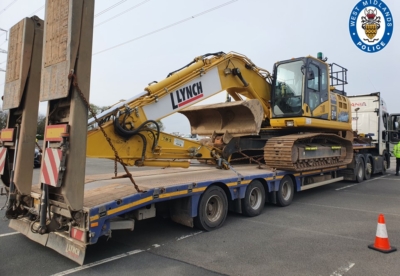Drone flights beyond the visual line of sight of the operator (BVLOS) currently require permission from the Civil Aviation Authority and can only occur in specific, restricted cases
New guidelines propose relaxing those rules with construction set to be a major beneficiary.
It will allow long-distance aerial surveys of infrastructure such as power lines or highway construction.
David Tait, Acting Head of the UK Civil Aviation Authority’s Innovation Team, said: “Enabling everyday drone flying beyond visual line of sight is a game changer, providing the opportunity for unmanned vehicles to monitor critical infrastructure, make deliveries and support our daily lives in an efficient and environmentally friendly way.
“We are now working closely with some of the world’s leading innovators to make these amazing possibilities a reality.”
One company involved is tech start-up sees.ai who are developing technology that will enable drone service operators to fly drone missions from a central control room.
The company is focusing on construction and infrastructure and has worked with Skanska and Atkins.
John McKenna, CEO of sees.ai, said: “Under conventional visual line of sight rules, operations have virtually zero economies of scale.
“In contrast, a centralised BVLOS approach improves on almost every measure with scale – including quality, safety, responsiveness and cost.
“For end clients, our technology will unlock a service that is better, quicker and cheaper. For operators, our technology will give them a competitive advantage that increases with scale.
“It’s a very exciting time and we are delighted that the CAA have invited us to explore the future with them.”








 (300 x 250 px).jpg)


















.gif)



























